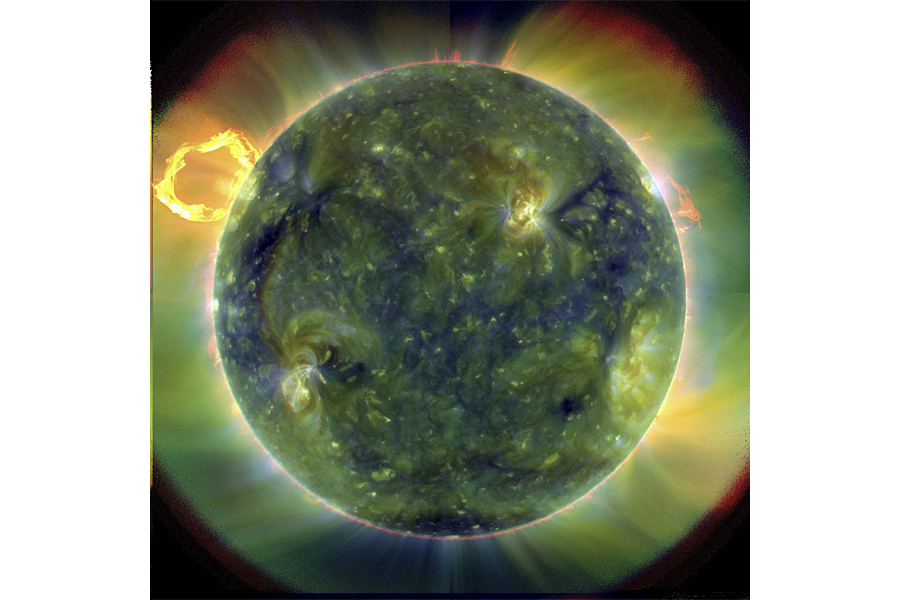Is that star older than we thought? Time to recalibrate, scientists say
Loading...
A method used to calculate the age of a star may need an update, according to new research.
For about a decade, scientists have used the rate at which a sun-like star rotates on its axis and the stellar body's mass to calculate its age in a method called gyrochronology. But older stars are actually spinning faster than they should for their age.
New findings suggest that it's these older stars' magnetic fields that throw those gyrochronology calculations off.
A star's magnetic field acts as a sort of brake, slowing down the star's spin over time. But later in a star's lifetime, in stars older than our sun, that brake may actually be weaker than previously thought, according to the findings published Sunday in the journal Nature.
And these findings could mean our own sun will soon undergo such a change.
How exactly does gyrochronology work?
"As they become older, stars lose mass and angular momentum, resulting in an observed slowdown in surface rotation," the study authors write in their paper. That slowdown is the result of the influence of the star's magnetic field interacting with its stellar wind.
Gas particles flow away from a star in what's called stellar wind. The star's magnetic field influences how readily that gas is ejected from the star's atmosphere. That loss of mass slows down the star's spin.
By examining data from the Kepler spacecraft, the research team was able to check this star-dating method.
They found that existing gyrochronology calculations for middle-aged and older stars are off. This is because the calculations predict that the stars' rotation slows down more than it actually does. According to the scientists, less slowdown means the magnetic field's braking action is weaker.
So why is the calculation off for these stars older than the sun but not younger? The researchers suggest that the magnetization of stellar winds undergoes a transition as stars get older. And because the sun seems to be yet unaffected by that change, it could be impending in our own solar system.
Although such a transition to a weakened braking power in our sun's magnetic field won't occur quickly by human timescales, the change would likely be quite rapid in terms of the sun's lifetime.
Understanding the age of a star could unlock clues to new astronomical understandings.
"The ability to determine a star’s age is important for improving our understanding of the life cycles of astronomical systems—for cataloging how the star and the objects near it have changed through history and for predicting how they might change in the future," study lead author Jennifer van Saders explained in a news release. "Gyrochronology has the potential to be a very precise method for determining the ages of the average sun-like star, provided we can get the calibrations correct."







